Exploring the Passion Made Possible spirit in Singapore
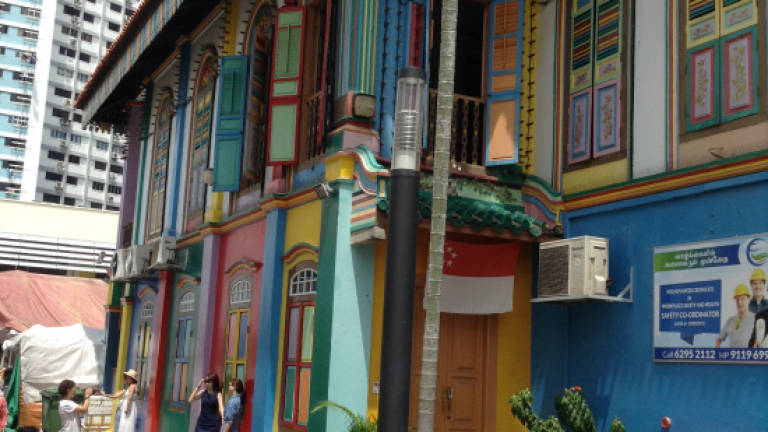
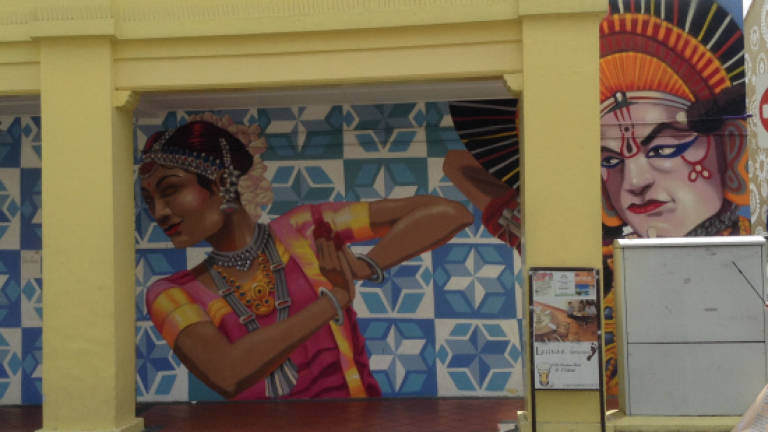
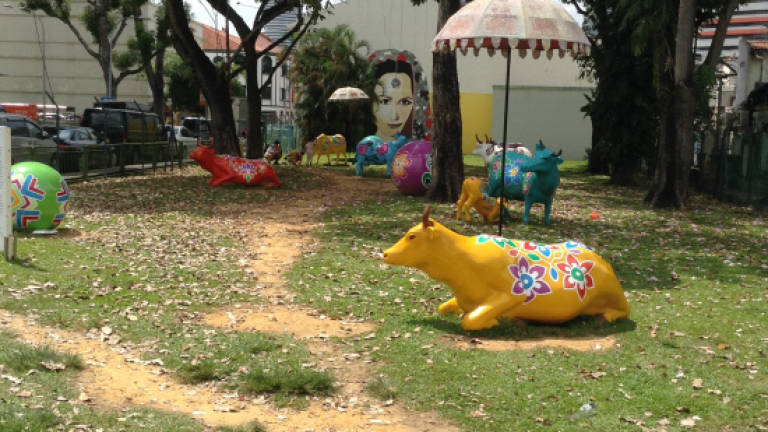
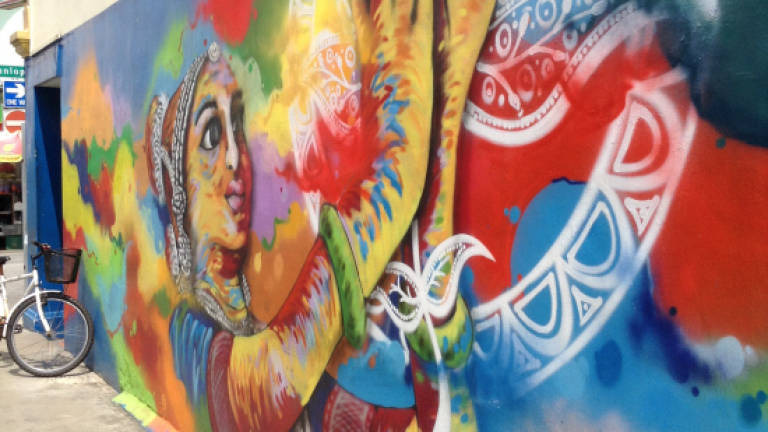
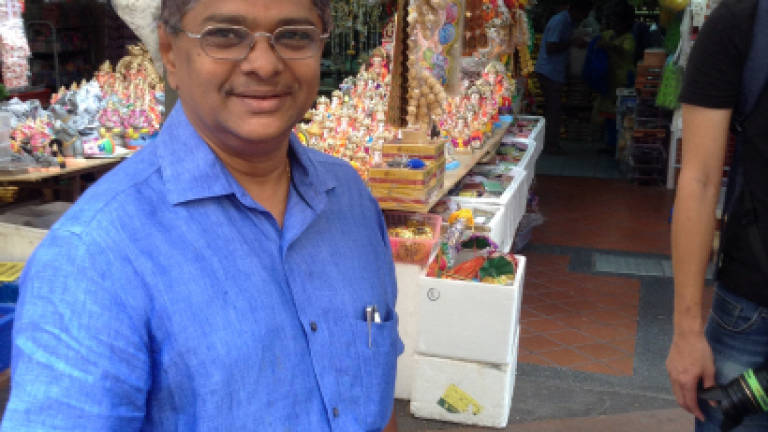
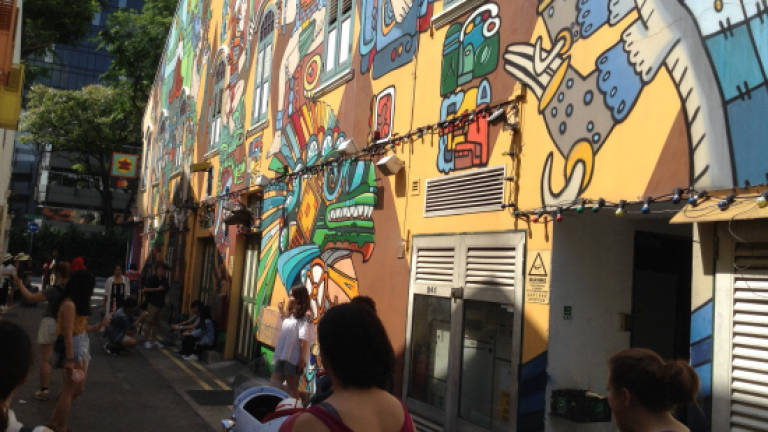
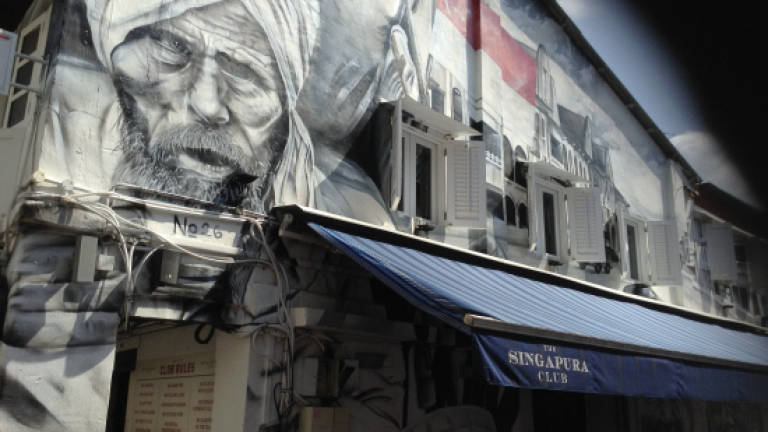
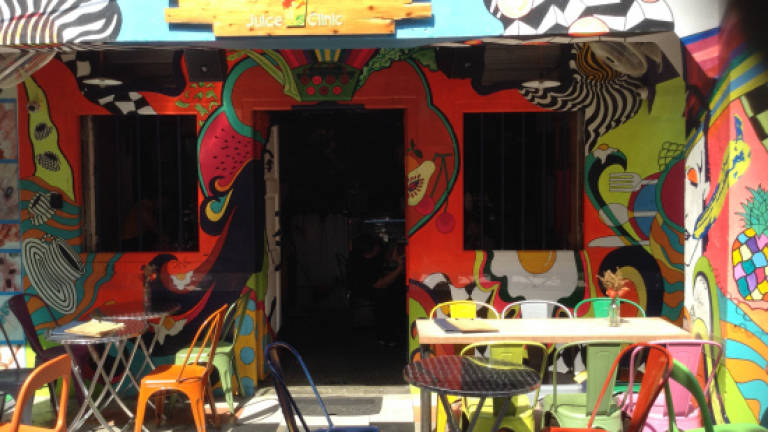
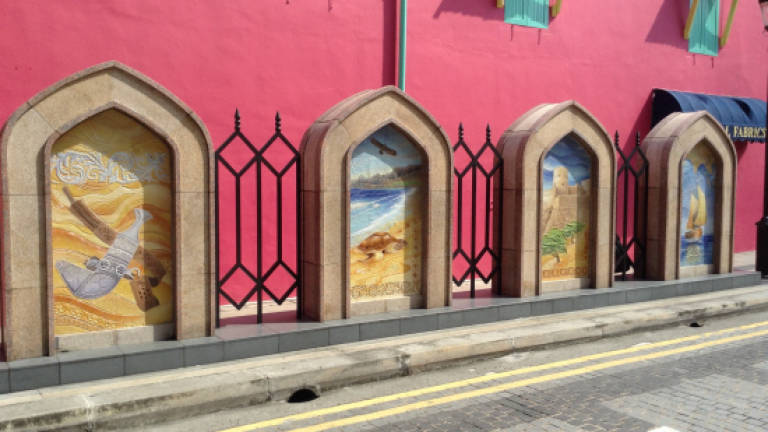
ON Aug 24, the Singapore Tourism Board (STB) and Singapore Economic Development Board (EDB) jointly unveiled a unified brand named Passion Made Possible.
Passion Made Possible is different from both their previous campaigns, as it showcases Singaporean's enterprising and persevering spirit to the world, and serves as a unifying brand.
A key anchor of STB's Global Marketing Campaign is a series of films that share how Singapore embodies the spirit of Passion Made Possible. The films focus upon the lives and efforts of common hardworking folk who made Singapore what it is.
During a recent sponsored trip to Singapore, Malaysian media were taken to two heritage sites in Singapore - Little India and Kampung Glam - that not only embraced the city-state's past, but also its present.
Both places also celebrate their respective heritage with vibrant artwork featured on the walls, and installation art that brighten up certain areas.
Tradition and history
At Little India, we were given a tour by Rajakumar Chandra, the Chairman of Little India Shopkeepers & Heritage Association (LISHA).
We met him at the Jothi Store & Flower Shop, his well-known family business that sells a wide variety of Indian household items, cosmetics, and flowers.
He then took us around the area, walking past a wide variety of goldsmith shops, textile merchants, restaurants, and sundry shops which sell a wide variety of spices and vegetables.
The main street - Serangoon Road - is famous for the iconic 24-hour shopping mall Mustafa Centre, which has all the electronic gadgets and gizmos that any techie would want.
Rajakumar also took us to the Indian Heritage Centre (IHC), which is managed by the National Heritage Board of Singapore, with support from the local Indian community.
The four-storey building is inspired by by the 'baoli' (or Indian stepwell), and represents the culture and history of the ethnic Indians living here.
Rajakumar pointed out that many items on display are donated by community, and these exhibits are constantly updated, making it the most visited heritage centre in Singapore.
There are also certain areas with striking artwork that elevates the whole neighbourhood, such as a tiny lot just up the street from the IHC which has artistic sculptures of cows, a stand-in for the real animal when it is grazing in the fields.
"A lot of things you see here is made up of passion. We like to keep old buildings," said Rajakumar, explaining the enduring appeal of this bustling and colourful neighbourhood.
"The only changes we would like are infrastructure changes, such as better drainage," he added.
A glamorous village
Kampung Glam (named after the Gelam tree, and not slang for glamorous) used to be a fishing village at the mouth of the Rochor River.
In 1822, Sir Stamford Raffles allocated the area to the Malay sultan Hussein Mua'zzam Shah ibni Mahmud Shah Alam, who was the first Sultan of Singapore, and others in the Muslim community, including Arab and Bugis traders.
It may no longer be the old-fashioned ideal of a Malay kampung, but this area is still rich in history and culture.
For good buys, the colourful Haji Lane has quaint stores and boutiques, as well as hipster bars and cafes.
Along Arab Street and Bussorah Street, you can get a great deal on Pashmina shawls, Persian carpets, traditional Malay outfits and handmade perfumes.
To learn more about the local history and culture, check out the Malay Heritage Centre (which is a fully restored palace).
Another landmark here is the Sultan Mosque (gazetted as a National monument in 1975) which was originally built in 1824 for Sultan Hussein Mua'zzam Shah.
However, by the early 20th century, the mosque was in desperate need of repair and the structure one sees today was designed by Denis Santry from Swan and Maclaren, Singapore's oldest architectural firm. The new structure was completed in 1928.
The most unique aspect of it is how each golden dome's base is decorated with glass bottle ends. When the mosque was being built, there was call for contributions from the community, and these bottles were donated by the poor Muslims.
Although at the time the poor could not give as much as the rich, by including these glass bottle ends in the structure, it also is a beautiful symbol that this mosque belongs to everyone in the community.
You can find out more about these heritage sites on VisitSingapore.com